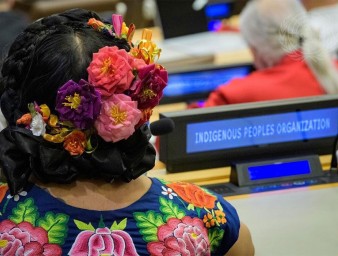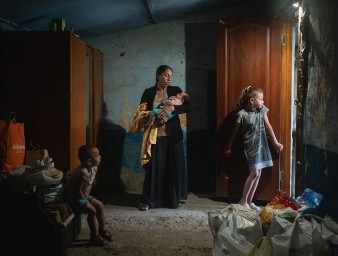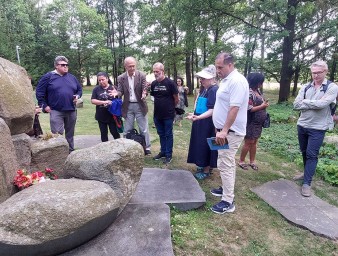Bringing inclusion to Roma communities in Moldova’s rural areas
08 April 2013
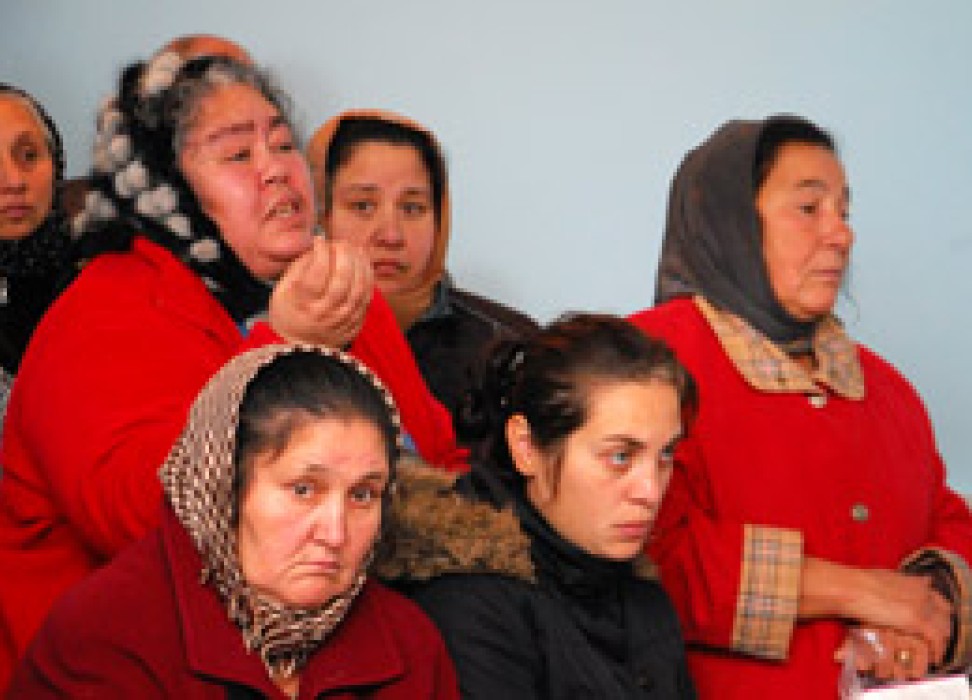
In Schinoasa, Moldova, a Romani settlement of 298 Roma on the outskirts of the town of Tibirica, there was no access to drinking water. The population had to walk to a distant well where the water was of poor quality. “Those – mostly women -- who were most active and would wake up early in the morning had better chances to fill a barrel with more or less clean water,” recalls Veaceslav Balan of UN Women. “But those would come later during the day would find the water muddy. The wells would often dry out in summer and freeze in winter”, he adds.
In 2012, a pump station started providing a centralized water supply for villagers from Schinoasa in the framework of a joint project led by two UN programmes and the local administration. “The women of Schinoasa are looking forward to not having to carry dozens of buckets of water every day, in rain and snow, slipping and falling down … We now see the light in our lives,” says Ala Popcov, community mediator in Schinoasa.
Efforts to improve access to basic services of Roma living in some of the most excluded rural communities of Moldova contribute to their integration, even if socio-cultural challenges still need to be overcome. UN agencies have been active in supporting efforts of Moldova’s local administrations to prevent isolation of these communities by giving them access to drinking water, education and transportation.
“Importantly, this support has not materialized through a top-down approach, but rather via a sustained community empowerment process to help extremely marginalized Roma communities come together to identify priorities and articulate requests submitted to the relevant authorities”, says Claude Cahn, Human Rights Adviser with the UN team in Moldova.
With regards to education, efforts are also being made to achieve the full integration of Roma children in school. After the closing of the segregated primary school in the excluded Romani slum of Schinoasa in 2010, Roma children went to study in an integrated school with children from the majority population in the town of Tibirica, 7 km away from the Romani settlement of Schinoasa. A mini-bus service was put in place to allow children from Schinoasa go to school since there was no regular public or private transportation between the Romani settlement and Tibirica.
“When Roma children from Schinoasa had to walk seven kilometres to Tibirica and back every day, their attendance was very poor. Roma parents were complaining of security because in winter it gets dark very soon. It was necessary to provide transport for the children”, Claude Cahn explains after visiting the Romani settlement in Schinoasa.
Although there is much more work to do to achieve the full integration of Roma children in school, the local administration regards the results of the interventions to date as promising. “Integration cannot take place when children are separated,” stresses Natalia Borobei, the director of the technical lyceum, a secondary school in Tibirica. She adds “We are now working with the aim to integrate children first in kindergarten, then in primary school and then in the lyceum.”
However, Claude Cahn points out that segregation has not been fully rooted out in Moldova’s school system, even though it is forbidden. In Otaci – a town where Roma constitute almost 60% of the population – the local secondary school still runs separate classes for Roma and non-Roma children, he says. Roma children from Otaci are considered unable to learn the standard curricula and are offered simplified ones to teach them “to write, read and count money”.
The UN Human Rights Office in Moldova brought this case to the attention of the Government, which led to a discussion involving the Ministry of Education and the Ministry of Justice. While the Ministry of Education does not believe the situation in Otaci is a case of racial segregation, the Ministry of Justice recognized it as such and said it would be addressed.
International Roma Day, a day dedicated to celebrating Romani culture and raising awareness of the issues facing Romani people, is celebrated annually on 8 April. It was declared in 1990 in Poland during the fourth World Romani Congress.
8 April 2013
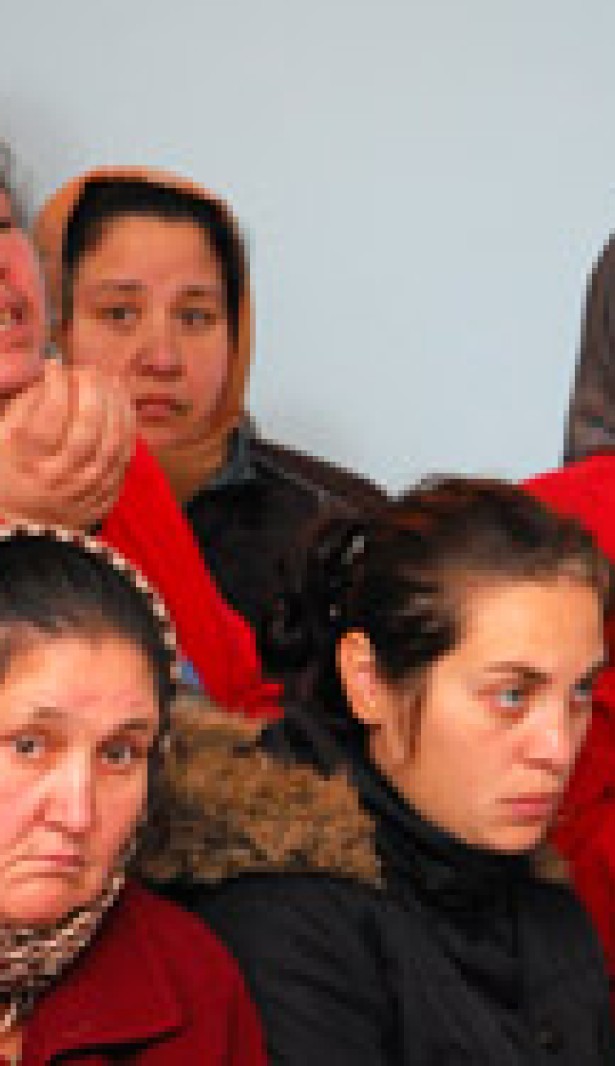
VIEW THIS PAGE IN:

